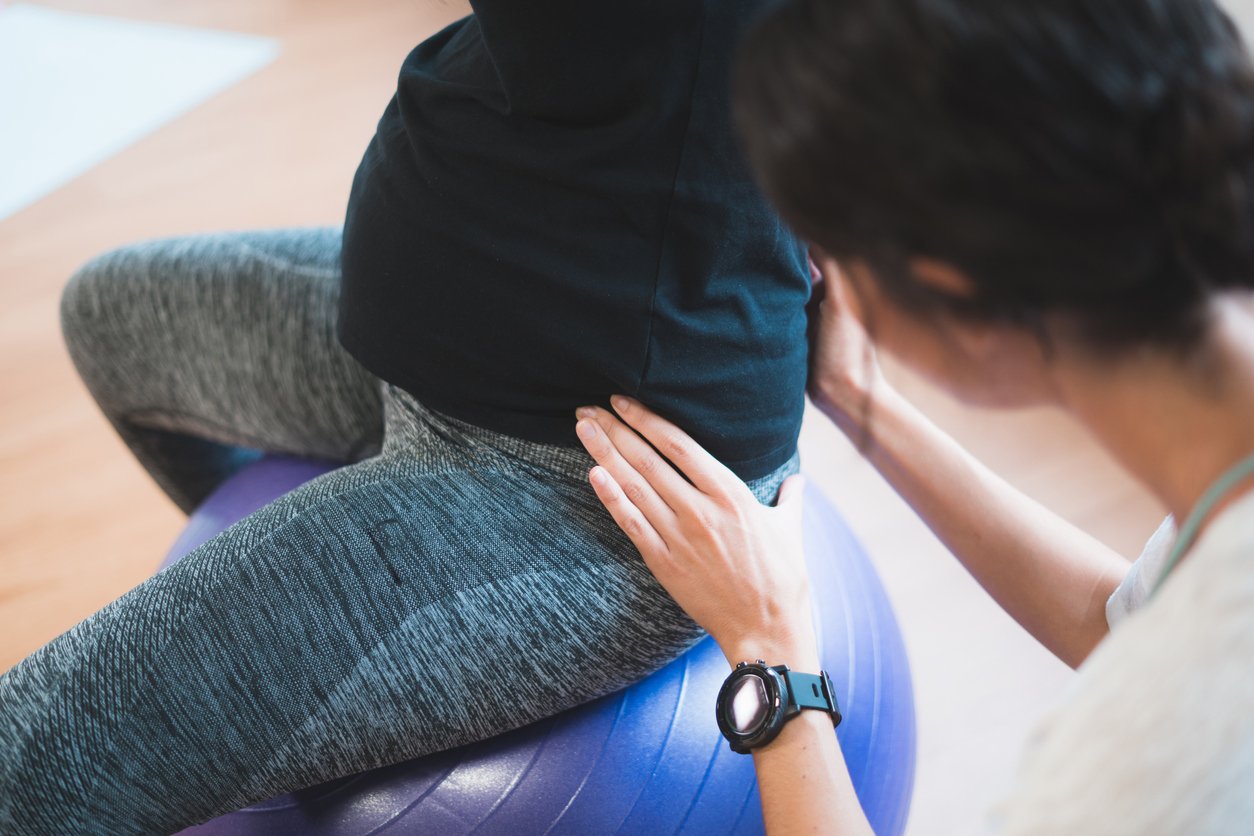Prenatal & Postpartum Exercise
There is a lot of conflicting information on the web about what exercises to focus on and which ones to avoid when pregnant and newly postpartum. It’s always best to stick to the science, unfortunately there aren’t a lot of studies done in this area, so experience must also come into play.
Firstly, it’s important to follow the current American College of Sports Medicine (ACSM) guidelines. I wrote an article about them here. The big points to remember: stay hydrated, avoid contact sports and activities that risk falling, avoid overheating, perform pelvic floor exercises, don’t hold breath, and be consistent with exercise throughout your pregnancy working all major muscle groups. And that includes the abdominal muscles, but with a different focus.
The abdominals and their connective tissues, which includes the linea alba, are designed to stretch and expand to accommodate the growing uterus and baby. The abdominals expand laterally, meaning out of the sides, not over top of the belly. This is a natural process, and should happen. The hormones progesterone and relaxin aid in this natural process by softening of the connective tissue (ligaments, tendons and muscles) and decreasing of muscle tone during pregnancy.
The goal with prenatal Pilates is not to create strength and tone for the abdominal area, but to build abdominal support for the pelvis and low back, postural control, and endurance to aid in labour. The goal with postpartum Pilates is similar, because even though the abdominals and connective tissue are not being stretched anymore, the muscles and connective tissue need time to slowly re-strengthen and re-connect.
To achieve this there are four exercises to avoid and modify during pregnancy and postpartum:
Loaded spinal flexion where the head, neck and chest lift off the mat
Abdominal exercises with loaded spinal flexion and rotation
Supine exercises where straight legs lower toward the floor and then lift back to ceiling
Full body planks
There are numerous exercises prenatal and postpartum women can do!
leg work
arm work
postural exercises
unloaded flexion and rotation
breath work (to help make room within rib cage)
pelvic floor exercises
abdominal stability exercises
I’d love to help you build a functional core throughout this phase of your life. Reach out anytime! Every Wednesday at 7:45pm we provide a prenatal (all trimesters) and newly postpartum (6 weeks to 6 months) Pilates apparatus class, you are welcome to attend.
References
American College of Sports Medicine, Liguori, G., Feito, Y., Fountaine, C., & Roy, B. (Eds.). (2021). ACSM’s guidelines for exercise testing and prescription (Eleventh edition). Wolters Kluwer.
Leah Stewart of Live Life Pilates, BASI instructor and creator of BASI’s Pre- and Post-Natal Pilates Specialization Course

